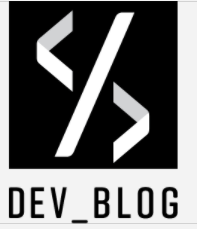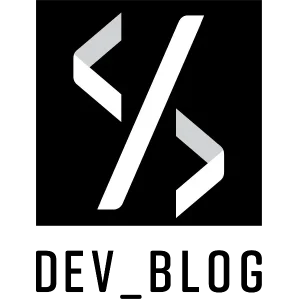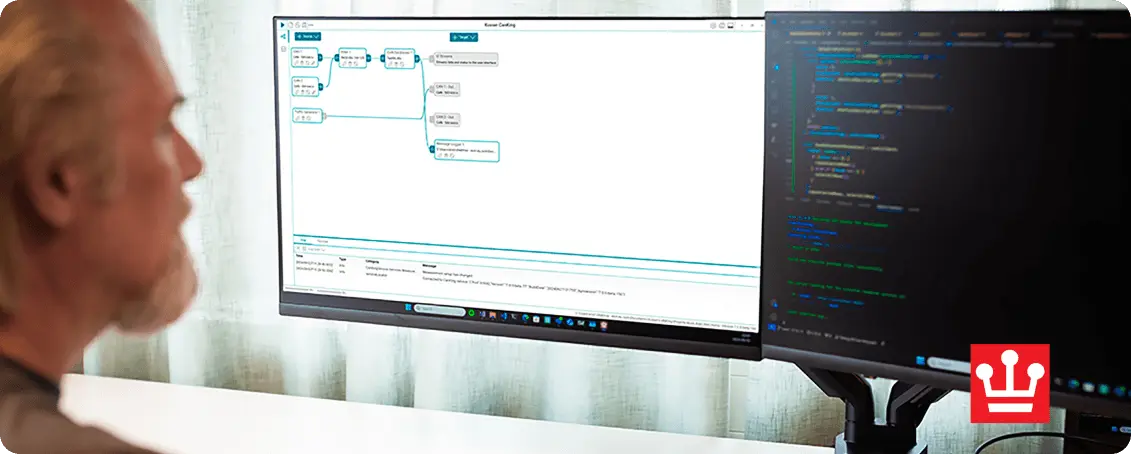
CanKing 7
CanKing 7是一款免费且通用的CAN总线分析软件,它与所有Kvaser CAN接口以及Kvaser虚拟CAN总线兼容。用户可以通过直观的图形化测量窗口,轻松设置报文接收或数值触发的过滤、流量生成和日志记录功能。该软件适用于Windows(x64)和Linux(x64及ARM)系统。
Driver
Kvaser CanKing 7 for Windows x86-64
Kvasers NEW free of charge, general-purpose CAN bus monitor. It works with all CAN interfaces from Kvaser and also with the virtual CAN bus.
7.1.0
Driver
Kvaser CanKing 7 for Linux amd64
Kvasers NEW free of charge, general-purpose CAN bus monitor. It works with all CAN interfaces from Kvaser and also with the virtual CAN bus.
7.1.0
Driver
Kvaser CanKing 7 for Linux arm64
Kvasers NEW free of charge, general-purpose CAN bus monitor. It works with all CAN interfaces from Kvaser and also with the virtual CAN bus.
7.1.0
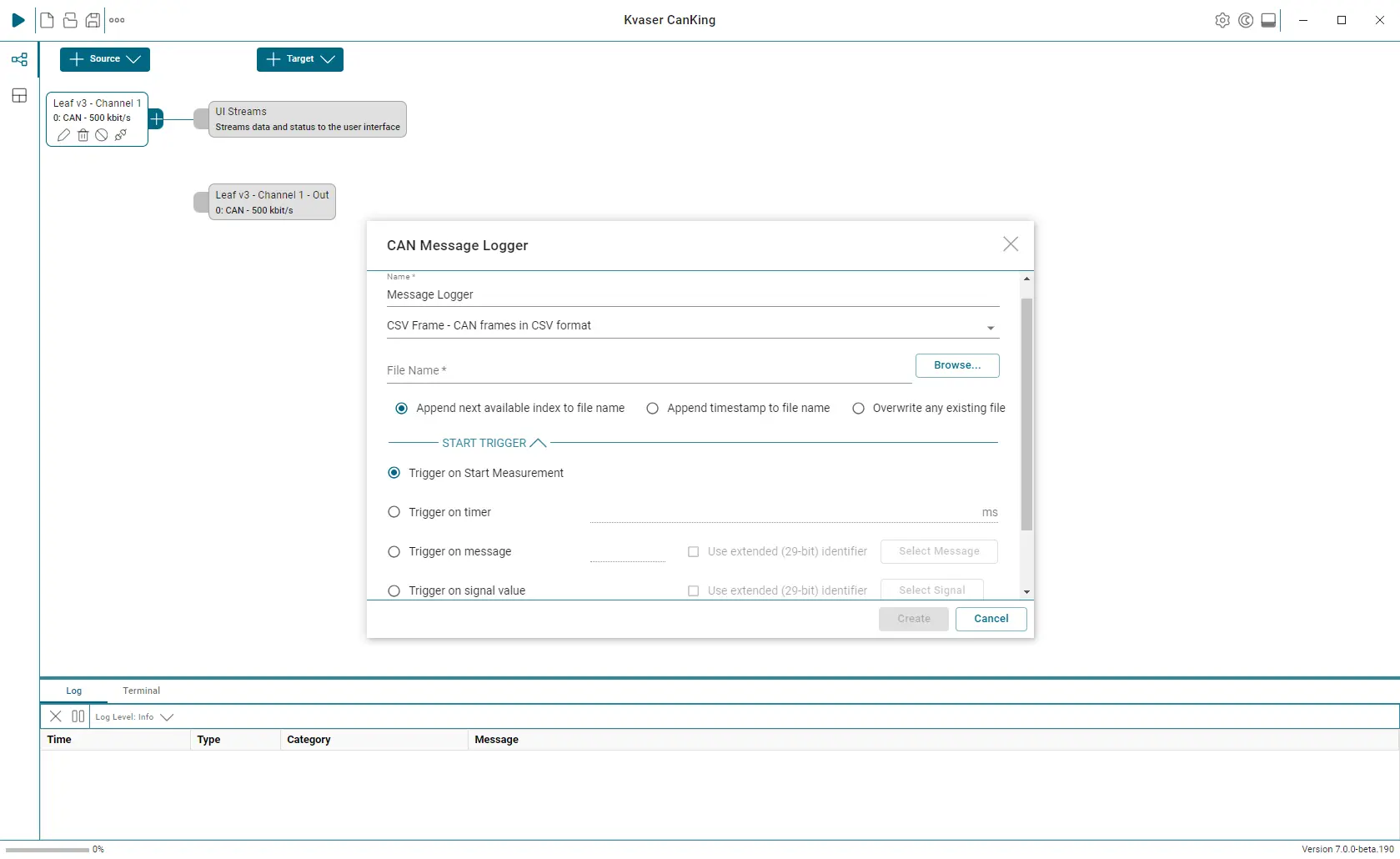
高级功能
• 实时监控总线
• 发送报文
• 生成错误帧
• 支持 CAN FD(ISO 和非 ISO)
• 记录到文件
• 过滤报文
• 支持 DBC
• 深色模式
• 命令行界面
深色模式
CanKing 现在支持深色模式,只需点击一下,即可切换深色模式与浅色模式。
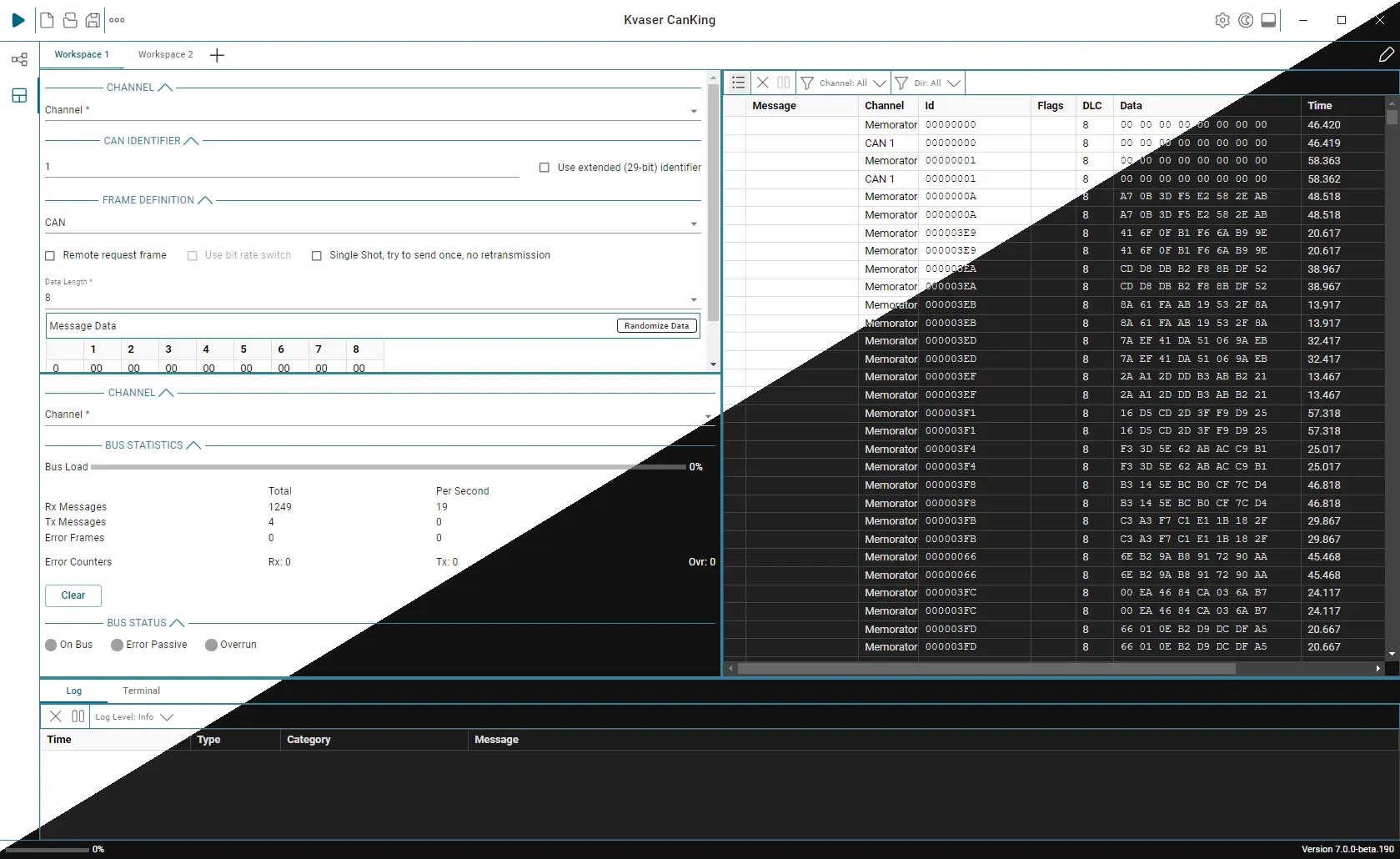
下载 CanKing 7 用户指南
访问完整的 CanKing 7 用户指南,获取有用的说明和对软件的深入了解。
下载 CanKing 7 Datasheet
查看 CanKing 7 Datasheet,了解主要功能和产品信息
命令行界面
CanKing 7的命令行界面(CLI)赋予用户直接从终端控制CanKing并执行多项操作的能力。无需借助图形用户界面(GUI),CLI即可对CanKing的后台服务进行操控。它提供了用于配置测量设置、启动和停止测量的命令。一个典型的应用场景是,当CanKing无法获悉的某些外部事件发生时,通过CLI来启动或停止测量。
Related Articles
